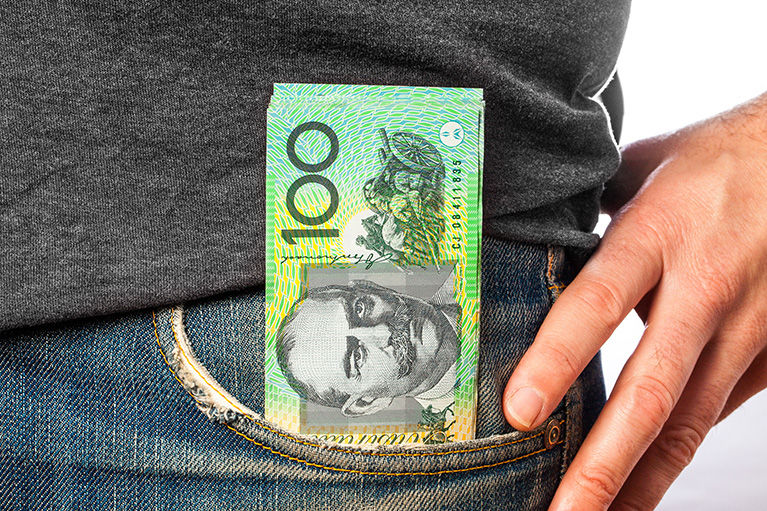Cashless society? It’s about as real as the paperless office
- MediaGuru

- Sep 7, 2017
- 2 min read

The Reserve Bank probably only enters most taxpayer’s minds every now and then with its regular announcements on official interest rates. But another item of interest can be found in its latest annual report, especially the section on banknotes.
The last RBA annual report (for 2016) showed that to the end of June 2016, the value of banknotes in circulation had increased by 7% to $70.2 billion. In other words, and in the face of what many would have expected to be an increase in non-cash transactions, there is more hard cash circulating in the Australian economy than many of us would have expected.
If Australia is indeed experiencing “disruptive” economic developments and heading towards a cashless society, it seems that we’ve still got a long way to go.
The section of the RBA annual report dedicated to banknotes (here it is in PDF format) showed that the growth in value of banknotes in Australia is above the RBA’s reported long-term banknote growth rate of 6% — but given the supposed trend towards cashless transactions, this still seems high.
The RBA report points out that the high level of growth in overall banknotes is dominated by the $100 and $50 denominations. The total value of $100 notes in circulation increased by 9%, and that for the $50 note by 6%.
The RBA reports that the growth in high denomination banknotes is well above recent growth in nominal income for the economy.
The high (and increasing) demand for hard cash had led many to conclude that the cash economy is thriving in Australia. The ATO has been battling this drain to tax revenue for years, and has issued several guidances and warnings about the “hidden economy”. It views cash transactions (both giving out and receiving) as a hotbed of activity for people either trying to hide income or evade tax obligations.
The other activity brought into focus by the flood of cash is criminal activity, especially given the pervading colours of green or yellow in the cash being thrown around. A related fact to come out of the RBA is its report on counterfeiting.
In 2015-16, around 26,000 counterfeit notes were “detected” (meaning more might be out there) with a nominal value of nearly $1.5 million. The most common dud notes are the $50 (34.5 fakes fiddys per million real ones) and the $100 (11.4 fakes per million real).
One assurance however is that this is a 37% decline compared with the previous year, even though the RBA says the medium term counterfeiting trend is upwards. The bank insists however that this is small when compared with international incidents, although given that our polymer notes are meant to be “more difficult to counterfeit”, there is clearly a case for vigilance.
# [2017-18], [rates], [tax], [tax rates], [thresholds]




Comments